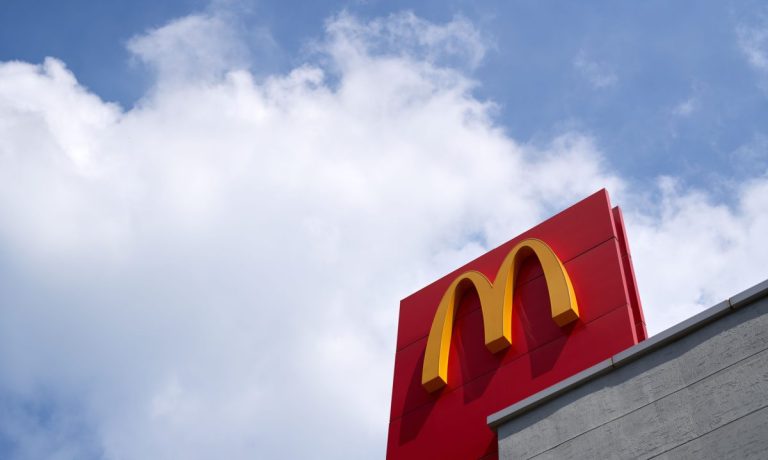
McDonald’s is reportedly cutting corporate staff as restaurant margins take a hit amid economic stress.
The quick-service restaurant (QSR) giant is closing its offices across the United States Monday (April 3) through Wednesday, instructing corporate employees to work remotely as the company virtually informs them about layoffs, as The Wall Street Journal (WSJ) reported Sunday.
“During the week of April 3, we will communicate key decisions related to roles and staffing levels across the organization,” the company wrote in an email to employees in the U.S. and some international staff, per the news outlet.
With the closure of its offices, the company also requested that its staff cancel in-person meetings with external parties. The fast-food chain did not specify how many or what types of positions would be affected.
McDonald’s did not immediately respond to PYMNTS’ request for comment.
In recent months, amid ongoing macroeconomic challenges, many players that interact with the restaurant sector have made major layoffs, though restaurants themselves, until now, have not been as affected.
For instance, last month, it was reported that aggregator Just Eat Takeaway’s United Kingdom arm was laying off 1,700 couriers in a return to the gig model. Plus, in February, Deliveroo announced that it was laying off 9% of its global workforce due to economic challenges, with approximately 350 expected to be affected. CEO Will Shu added that the company expects the final tally to be closer to 300 once redeployments are accounted for.
The move comes as rapid food inflation puts pressure on restaurants’ margins. Throughout this inflationary period, eateries have priced below the overall rate of food price increases, though the gap has been closing. Most recently, in February, food prices on the whole rose 9.5% year over year, while restaurant prices only increased 8.4%, according to U.S. Bureau of Labor Statistics (BLS) data.
Still, consumers have been pulling back. Research from PYMNTS’ study “Consumer Inflation Sentiment: Inflation Slowly Ebbs, but Consumer Outlook Remains Gloomy,” which drew from a survey of more than 2,100 consumers, found that 78% have been eating at home more often to save money amid inflation.
On the other hand, some restaurants remain focused on growth even in the face of these economic pressures. For instance, fast-casual giant Chipotle Mexican Grill announced earlier this year that it is hiring 15,000 new employees.
Indeed, after a long period of labor challenges, the restaurant industry’s workforce has just about recovered from the impact of the pandemic. In February, per preliminary BLS data, the bar and restaurant segment’s total number of employees was down just 1% from February 2020, amounting to 12.3 million workers.
Yet, overall, unemployment is on the rise. Initial jobless claims rose by 7,000 to a seasonally adjusted 198,000 for the week ending March 25, the U.S. Department of Labor announced Thursday (March 30). Additionally, the department said the four-week moving average of claims rose by 2,000 to 198,250.
Moreover, one report from employment service Challenger, Gray & Christmas (CGG) found that job cuts by U.S. businesses spiked in February, hitting their highest level in 14 years.